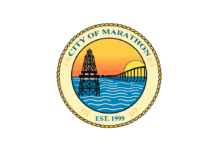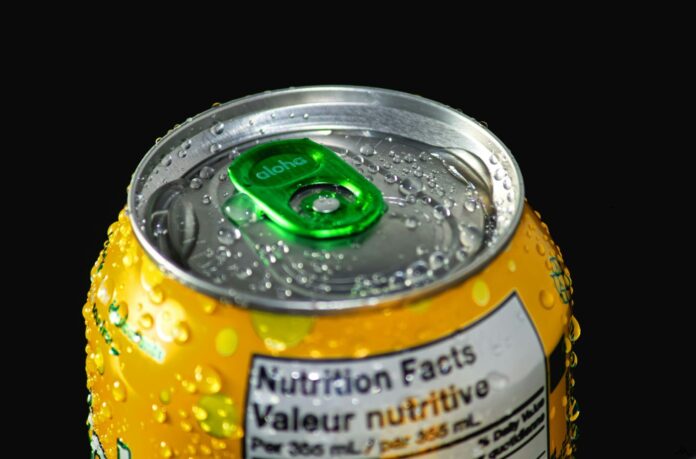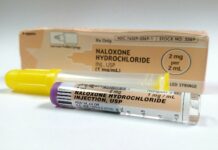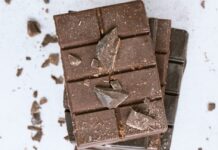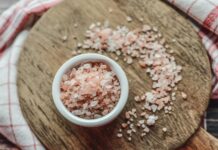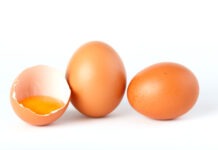I felt like a true rockstar when one of my clients recently told me they wanted to start incorporating electrolytes into their daily nutrition routine after reading one of my articles. I mean, that’s the goal, right? To empower people to take control of their health in small but meaningful ways.
That superstar glow lasted about 24 hours. The next day, I caught that same client sipping on a bright red drink that looked like it could double as car engine coolant. I blinked. Surely, this couldn’t be their new “hydration upgrade,” right?
I gently walked over and said, “Hey, I am SO proud of you for making hydration a priority. Seriously. But … not all electrolyte drinks are created equal.” I explained that while yes, the body needs minerals like sodium, potassium and magnesium to stay balanced, what he was drinking was also loaded with artificial colors, preservatives and chemicals that were likely doing more harm than good.
That’s when he hit me with a question that nearly made me face-palm right there in the gym:
“What’s Ester of Rosin? It says it right here on the bottle.”
Cue me taking a deep breath and explaining that Ester of Rosin is a chemically-modified substance — originally derived from tree sap — that’s used as an emulsifier to keep ingredients from separating in shelf-stable drinks. Sounds “natural” enough, right? But when something has to undergo a chemical makeover just to sit on a store shelf for a year without separating, you have to ask yourself if that’s something your body really needs.
He tried to keep reading the label out loud, but it started to sound less like English and more like he was speaking in tongues. Very cherry tongues, to be exact.
That moment lit a fire under me to write about why reading food labels matters more than ever — and why it’s not as complicated (or boring) as it sounds.
It’s easy to get sucked in by marketing. Words like “natural,” “immune-boosting” and “electrolyte enhanced” are everywhere. But the truth is, front-of-package claims are advertisements. The real story lives on the ingredient list and nutrition facts panel — the stuff they hope you don’t read.
A general rule of thumb: If you can’t pronounce it easily, your body probably won’t recognize it easily either. Whole foods and cleanly formulated products should have ingredients you could find in a regular kitchen, not a science lab.
Some quick tips for smarter label reading. Number one: shorter is better. Look for ingredient lists that are short and simple. The more ingredients — and the more complicated they sound — the more likely the product is ultra-processed. Number two: sugar by any other name is still sugar. Added sugars hide under names like “maltose,” “syrup,” “nectar” and “-ose” endings. Electrolyte drinks especially love to sneak in sugar bombs under the guise of “energy boosts.” Watch for it. Final tip: the first three ingredients tell the truth. Ingredients are listed by weight. If sugar, corn syrup or artificial colors show up in the top three, that product’s priorities aren’t aligned with yours.
Ingredients to be wary of include artificial colors (like red 40, yellow 5), which are linked to hyperactivity and potential inflammation; preservatives (like sodium benzoate), which can form harmful compounds in certain conditions; and emulsifiers (like Ester of Rosin), which, while technically safe, aren’t not doing your body any nutritional favors.
Functional foods, fortified drinks, electrolyte boosters — they all can have a place in a healthy lifestyle. But your health doesn’t come from buzzwords on the label; it comes from what’s actually inside the bottle, bar or box.
The next time you’re shopping, turn that bottle around. Don’t be shy about googling an ingredient if you don’t know what it is. (Pro tip: If it sounds like a chemical compound you once used in high school chemistry, maybe leave it on the shelf.)
Your body deserves real food, real nutrients and real hydration — not cherry-flavored science experiments. And if you ever need a second set of eyes on a food label? Find yourself a coach who will tell you, lovingly, that Very Cherry Red was better left for crayons.






